How AI vs Automation Impacts Business Operations
AI and Automation | Artificial Intelligence | Business Automation
Are you curious about the real difference between AI vs Automation and which one can make the biggest impact on your business? As companies look for smarter ways to run operations, save money, and improve customer experiences, understanding these two technologies becomes essential. While AI and automation are often mentioned together, they serve different purposes and offer unique benefits. Knowing how each works and when to use them can give your business a real edge.
In this blog, we’ll break down what AI vs automation really means, explore their advantages and challenges, and share practical tips to help you make the most of these powerful tools.
What is Automation?
Automation is the use of hardware, software and algorithms to perform tasks or processes with minimal or no human intervention. Typically, automation systems follow predefined rules or workflows to execute repetitive, routine, and predictable tasks. Specifically, these range from basic mechanical tasks like assembly line work to software processes like invoicing, managing spreadsheets, or scheduling emails.
Automation can be either rule-based or intelligent. In rule-based automation, it follows predefined rules, while intelligent automation seamlessly integrates machine learning (ML) and artificial intelligence (AI) to execute the digital workflow of decision-making, taking actions, and adapting to variations independently.
Additionally, business automation today can handle a broad spectrum of tasks, from simple actions like responding to routine customer service emails to more advanced operations such as managing, updating, and maintaining complex customer relationship management (CRM) systems.
For example, automation began during the Industrial Revolution and accelerated after World War II with the tech boom. Though not always labeled ‘automation,’ inventions like the steam engine, power loom, and telegraph helped businesses handle time-consuming, resource-heavy tasks. These breakthroughs laid the foundation for today’s transportation, communication, and manufacturing systems.
To sum up, in business environments, automation software enables organizations to streamline operations, reduce operational costs, and improve consistency. However, traditional document automation relies on static rules and can’t handle new or unexpected situations without manual reprogramming.
What is Artificial Intelligence?
Artificial intelligence (AI) refers to machines simulating human intelligence by using data, AI algorithms, and machine learning models to analyze information, recognize patterns, make decisions, and learn from experience. Unlike automation with fixed rules, AI adapts to change and handles complex tasks that need reasoning, perception, or language understanding.
AI includes a variety of technologies such as natural language processing (NLP), computer vision, predictive analytics, autonomous agents, and robotics. For example, AI-powered chatbots provide 24/7 customer support, improving response times and customer satisfaction while freeing employees from repetitive tasks. One study found that AI chatbots enabled organizations to shift 64% of agents’ focus toward solving more complex issues.
Early AI systems were limited to rule-based operations, but today’s AI uses advanced techniques like:
- Machine learning: Statistical models and algorithms that improve performance over time.
- Deep learning: Training artificial neural networks with large datasets.
- Expert systems: Encoding human knowledge into rules and logic.
- Robotics: Combining AI with machines to perform physical tasks.
AI is transforming many business areas:
- Customer Service: AI chatbots enhance support availability and efficiency, allowing human agents to focus on complex problems.
- Human Resources: AI streamlines recruitment by scanning resumes and matching candidates, personalizes employee training, and predicts turnover risks.
- Operations and Supply Chain: AI optimizes inventory, forecasts demand, and improves logistics planning, lowering costs and boosting efficiency.
- Marketing: AI analyzes consumer data to predict buying behavior, optimize pricing, and personalize campaigns, increasing engagement and conversions.
- Finance: AI automates accounts payable and receivable, simplifies invoicing, and offers predictive analytics for budgeting and financial planning, enhancing accuracy and efficiency.
Beyond boosting efficiency, AI enhances decision-making, personalizes customer experiences, and drives innovation. It is now embedded across business applications—from marketing automation to supply chain management—helping companies operate smarter and faster.
AI vs Automation: What’s the Difference?
The main difference between AI and automation lies in their capabilities and flexibility. Automation is rule-based and excels at executing repetitive, well-defined tasks, making it ideal for streamlining routine processes. In contrast, AI is data-driven, able to learn from experience, adapt to new information, and perform complex cognitive functions like reasoning, perception, and decision-making.
To illustrate the growing impact of AI, a Brookings study found that 30% of all workers could experience significant disruption, with at least half of their occupational tasks affected by generative AI. This shows that AI’s influence goes far beyond simple automation. It also reaching roles that require advanced thinking and adaptability, as highlighted by Medium.
Automation can be seen as the foundation of operational efficiency, while AI adds intelligence and adaptability on top of that foundation. When combined, they create intelligent automation platforms capable of handling both routine and dynamic elements across end-to-end business processes.
AI vs Automation Examples
To better understand how AI vs automation differ in practice, consider these examples:
In insurance, automation follows fixed rules to route claims, while AI uses machine learning and computer vision to assess damage and prioritize smartly. Virtual AI assistants provide real-time customer support throughout the claims journey, improving satisfaction and speed.
In customer support, automation software can route tickets or send canned responses, but AI chatbots can understand natural language, handle complex queries, and learn from interactions to improve over time.
Moreover, supply chain operations benefit from automation by streamlining procurement workflows, while AI predicts demand fluctuations, optimizes inventory levels, and proactively flags supplier risks. In marketing, automation tools schedule campaigns and segment audiences, but AI algorithms generate hyper-personalized recommendations and optimize content based on consumer behavior.
Additionally, robotic process automation automates repetitive IT tasks such as password resets, but AI agents can analyze system logs, predict outages, and autonomously resolve issues. These examples illustrate how AI extends automation’s capabilities by introducing learning, reasoning, and adaptability.
Agentic AI: The Latest Evolution of Automation
Agentic AI is a major leap in automation, transforming business operations by enabling machines to understand goals, plan steps, make decisions, and act independently on complex tasks. Unlike traditional automation or generative AI, which mainly creates content, it combines large language models (LLMs) with reasoning, memory, and execution layers to interpret natural language, break down tasks, and interact with various AI tools and platforms autonomously.
Forrester named agentic AI a top emerging technology in 2024, and Gartner predicts that by 2028, 33% of enterprise software will feature it, up from nearly zero in 2023. Capgemini adds that 82% of organizations plan to adopt AI agents by 2026, showing rapid industry-wide growth. This technology enables autonomous decision-making, goal-oriented planning, tool coordination, and continuous learning. It also allows AI agents to manage workflows, adapt to new data, and operate with minimal human input.
Today, businesses are already seeing agentic AI revolutionize key functions. It’s transforming customer service by managing routine queries 24/7, boosting marketing through automated campaign setup and optimization, streamlining finance with faster invoicing and forecasting, improving operations by optimizing inventory and logistics, and strengthening HR by enhancing recruitment and employee training processes.
Additionally, companies using agentic AI report 25–40% efficiency gains in automated workflows, resulting in major time and cost savings, along with better adaptability and customer experiences. As AI governance improves, organizations can deploy agentic AI responsibly to ensure ethical and secure operations. In essence, agentic AI goes beyond task automation. It acts like a digital team member, thinking, deciding, and driving smarter, faster business outcomes in 2025 and beyond.
For businesses looking to dive deeper into how AI agents work and how they can transform operations, our comprehensive AI agents guide covers everything from basic concepts to advanced applications, helping you understand how to leverage these systems effectively.
The Benefits of AI in Automation
Integrating artificial intelligence AI benefits with automation unlocks transformative advantages for businesses.
- First, it greatly improves accuracy by reducing human errors and enhancing data quality. As a result, AI-driven automation can quickly analyze large data sets to spot patterns and anomalies that humans often miss.
- Second, AI enhances decision-making by providing predictive insights and recommendations.
- Third, AI-powered automation increases productivity by freeing employees from mundane tasks, allowing them to focus on strategic initiatives. AI chatbots and virtual assistants offer 24/7 customer support, enhancing responsiveness without requiring additional staffing.
- Fourth, AI enables personalization at scale. Businesses can personalize marketing, recommendations, and services based on user behavior, boosting loyalty and revenue.
- Ultimately, the combination of AI and automation enhances scalability. Intelligent automation platforms can handle growing workloads and complex processes without proportional increases in cost or headcount.
According to industry reports like AI Agents Statistics, companies that integrate AI and automation can boost productivity by up to 40% and speed up innovation compared to competitors.
Use Cases for Intelligent Automation Tools
Intelligent automation tools are changing the way businesses work across many industries. Many companies use intelligent automation to streamline complex workflows, while AI development builds custom, learning solutions that drive innovation.
In finance, AI processes invoices, detects fraud, and ensures regulatory compliance, reducing risk and boosting speed. In healthcare, it automates data entry, claim processing, and supports diagnoses, improving care and reducing paperwork.
Moreover, manufacturers rely on AI to predict maintenance needs, check quality, and manage inventory, reducing downtime and waste. Retailers use it to enhance supply chains, automate deliveries, and personalize shopping. Additionally, AI chatbots in customer service handle up to 80% of routine queries, letting human agents focus on tougher issues. Intelligent automation connects systems to streamline workflows, speed up data sharing, and improve accuracy. And these examples show that AI and automation are essential for smarter, more efficient business operations.
Automation vs AI: Which is Better?
Whether automation or AI is better depends on what a business needs. For simple, repetitive tasks that follow clear rules, automation works great and saves time and money right away. It helps speed up work and cuts down on mistakes.
Therefore, for complex, ever-changing tasks that rely on data, AI is the better choice. It can process messy data, predict outcomes, and personalize experiences, making it a powerful tool for innovation and staying competitive.
Today, many companies achieve outstanding results by leveraging the best AI automation tools for efficiency, combining the reliability of traditional automation with AI’s smart decision-making to handle a wide range of tasks seamlessly.
Implement an AI Automation Solution in your Organization
To successfully implement AI automation services, start by defining clear business goals like cutting costs or improving customer experience. Identify key processes where AI can make the biggest impact, and ensure your data is clean and ready. Partner with experts who understand your industry and tech needs. Begin with small pilot projects to test and refine before scaling up. Make sure new tools integrate smoothly with your existing systems, and prepare your team with proper training to embrace the change. Keep monitoring and improving as you grow.
When it comes to expert support, Flexlab stands out as a leading US-based blockchain and AI development company, specializing in AI agents, multi-agent systems, automation, and blockchain solutions. Moreover, with a proven track record of delivering secure, scalable results, Flexlab helps businesses reduce development costs by up to 80% and launch new features within 30 days—or they continue working for free. In addition, their pre-vetted AI and blockchain experts integrate seamlessly with your team to drive faster innovation and smarter automation.
Ready to transform your operations with cutting-edge AI automation? Contact us today for a free strategy session and explore our portfolio while you start building the future of your business.
Ready to Grow Your Business?
📞 Book a FREE Consultation Call: +1 (201) 347-8591
📧 Email us: info@flexlab.io
Conclusion
The combination of AI and automation is reshaping how businesses work, boosting efficiency, driving innovation, and improving customer connections. By understanding their differences, using tools like agentic AI, and adopting intelligent automation, companies can fully embrace digital transformation.
As the 2025 market data shows, organizations that harness the power of AI and automation gain significant competitive advantages, including higher productivity, faster decision-making, and improved scalability. The future belongs to those who wisely adopt AI and invest in the right skills and tools to thrive.
Discover Flexlab’s Latest Take on AI and Blockchain Development:
- Blockchain App Development: The Complete Guide for Businesses
- 2025 Guide to Blockchain Development: Tools, Trends & Strategies
- Beginner’s Guide: How to Choose the Right AI Development Company?
How does AI and automation affect business?
AI and automation boost business efficiency, cut costs, and unlock new opportunities by streamlining workflows and enabling smarter, data-driven decisions.
What is the difference between artificial intelligence and automation decision-making?
In contrast, automation follows set rules for repetitive tasks, while AI learns from data and adapts to make complex, dynamic decisions beyond pre-programmed instructions.
What is the difference between generative AI and automation?
Generative AI creates new content (text, images, etc.) using learned patterns, while automation executes predefined, rule-based tasks without generating novel outputs.
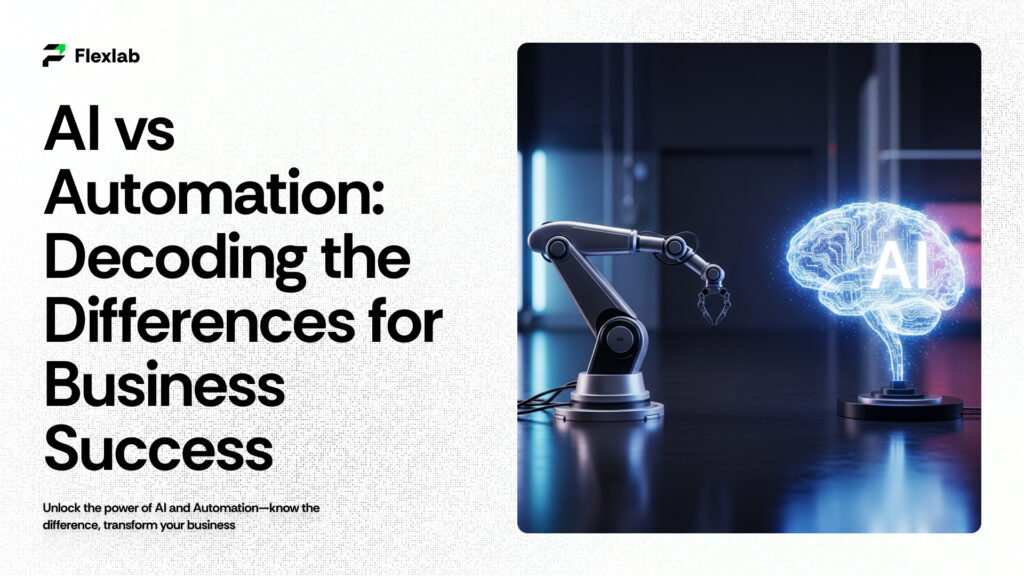
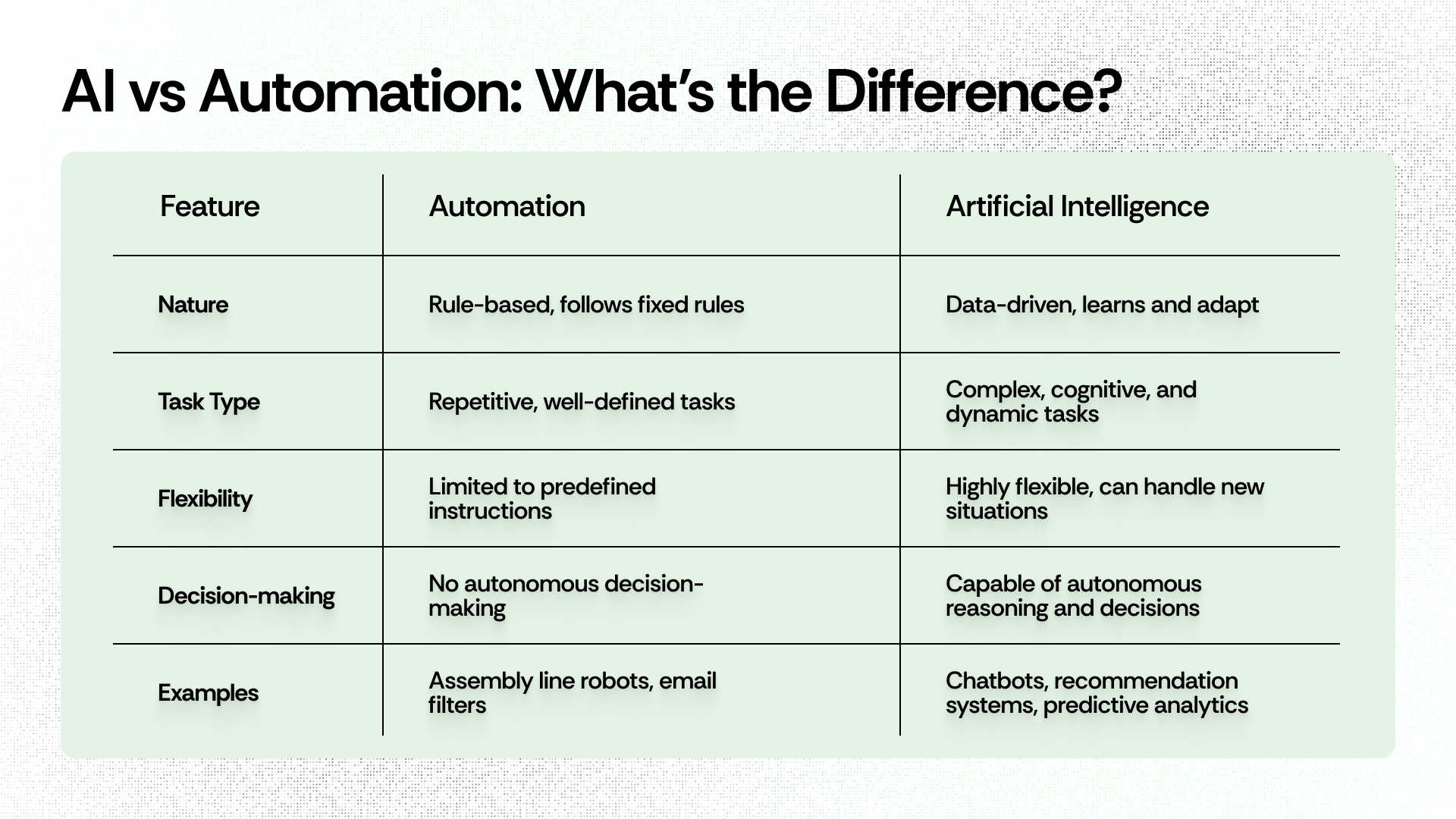
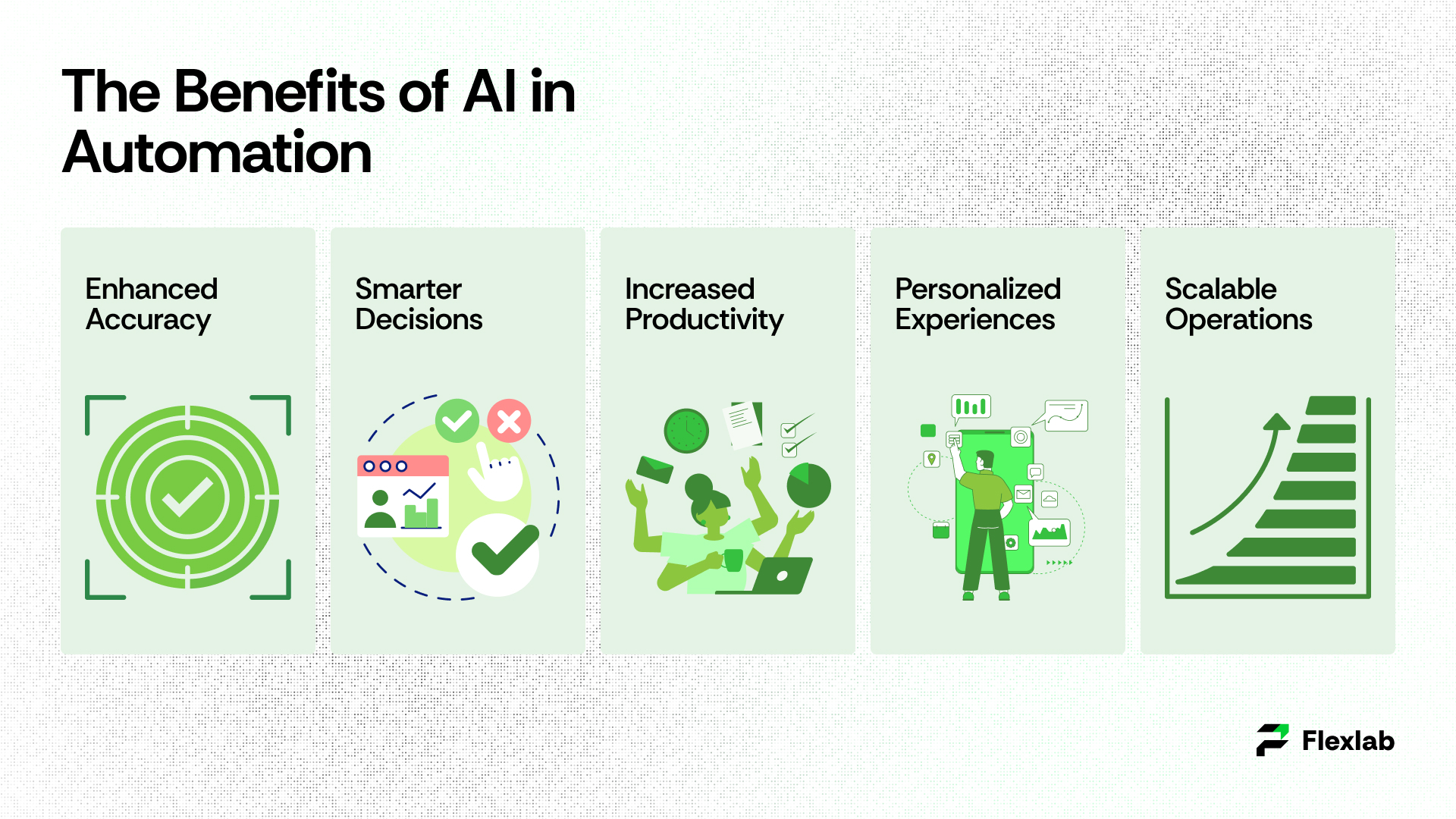


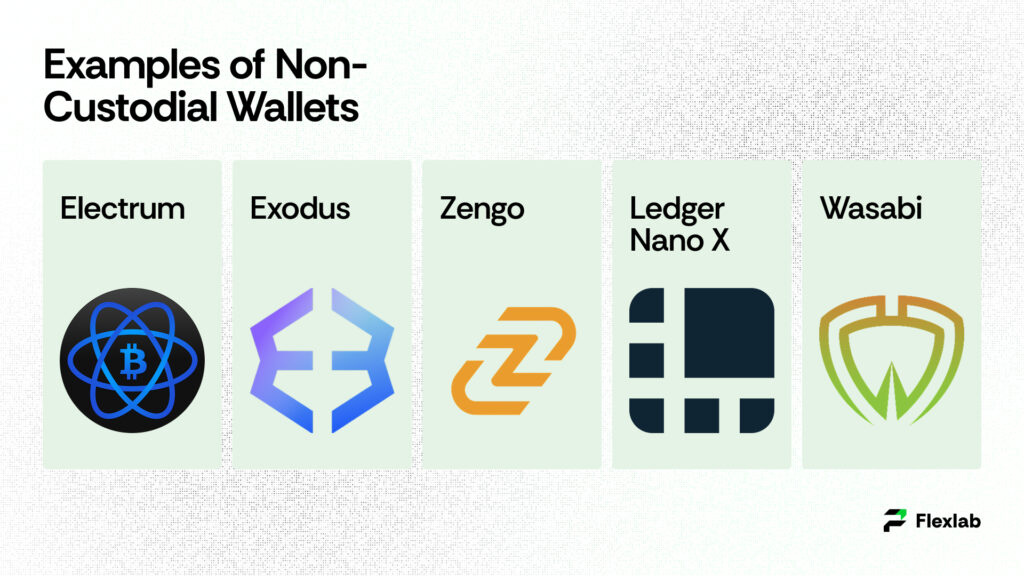
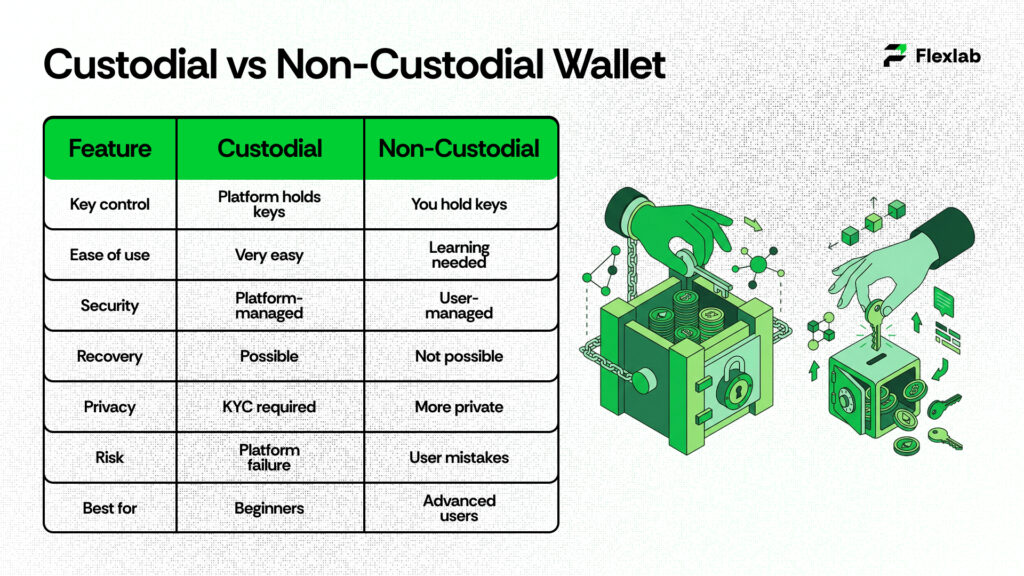
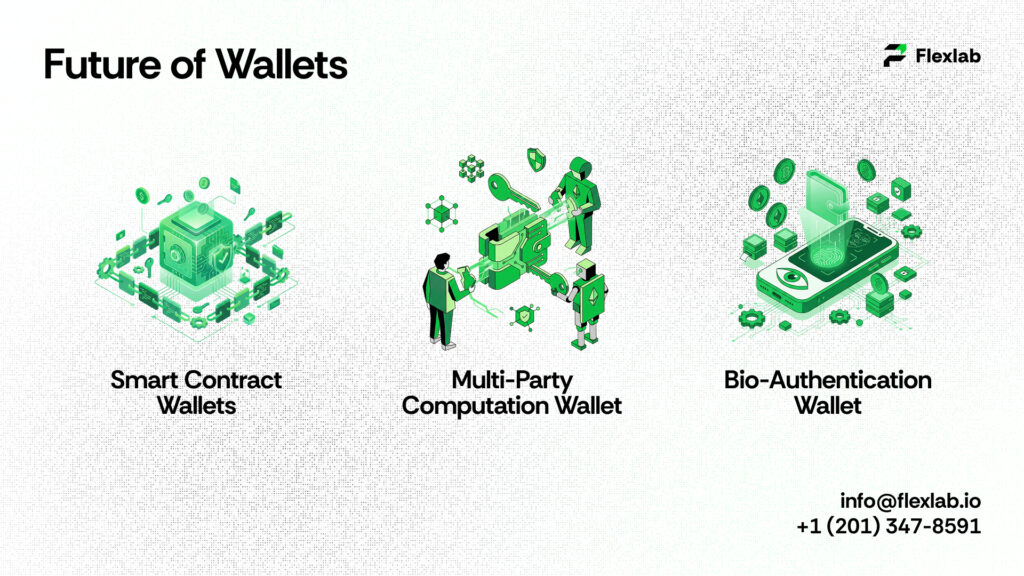
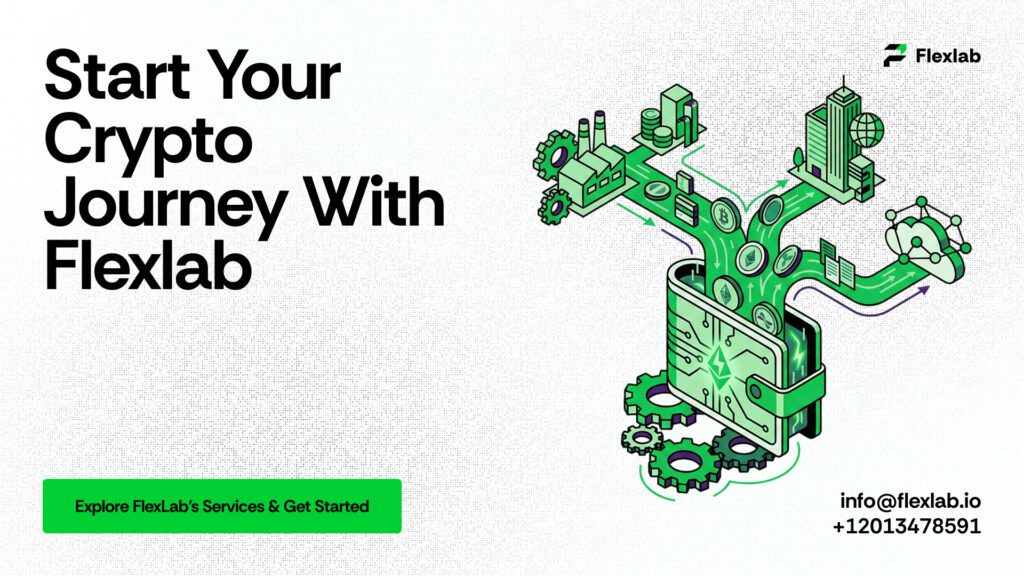
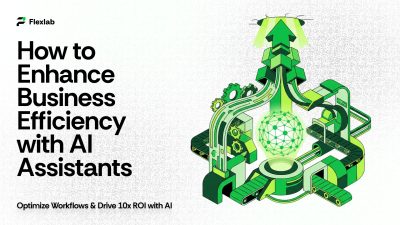
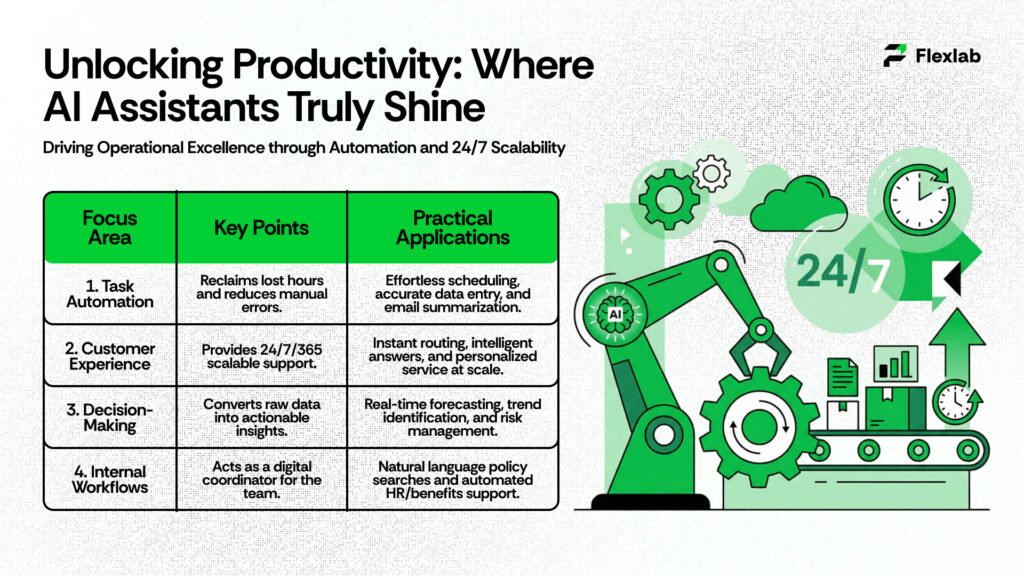
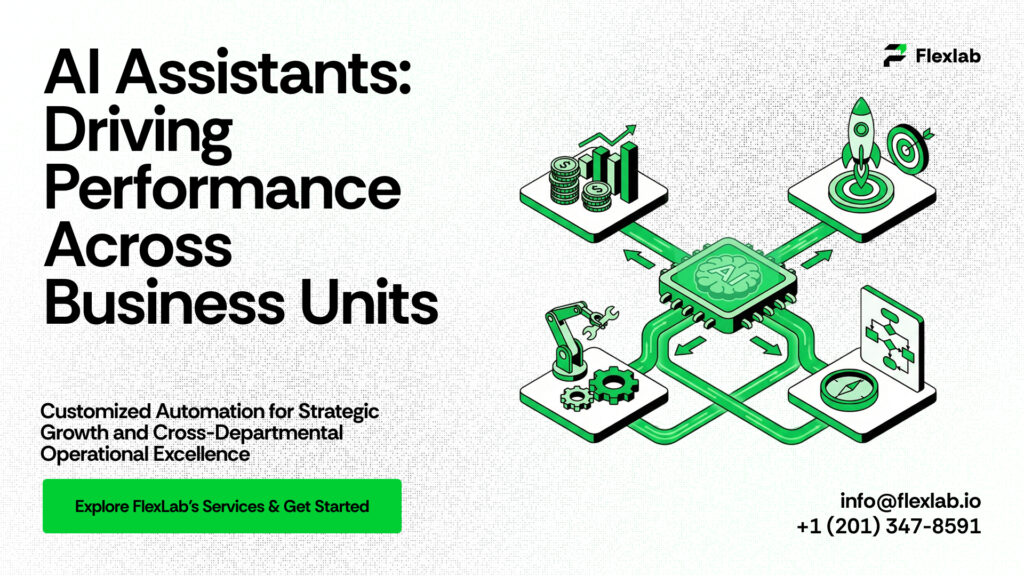
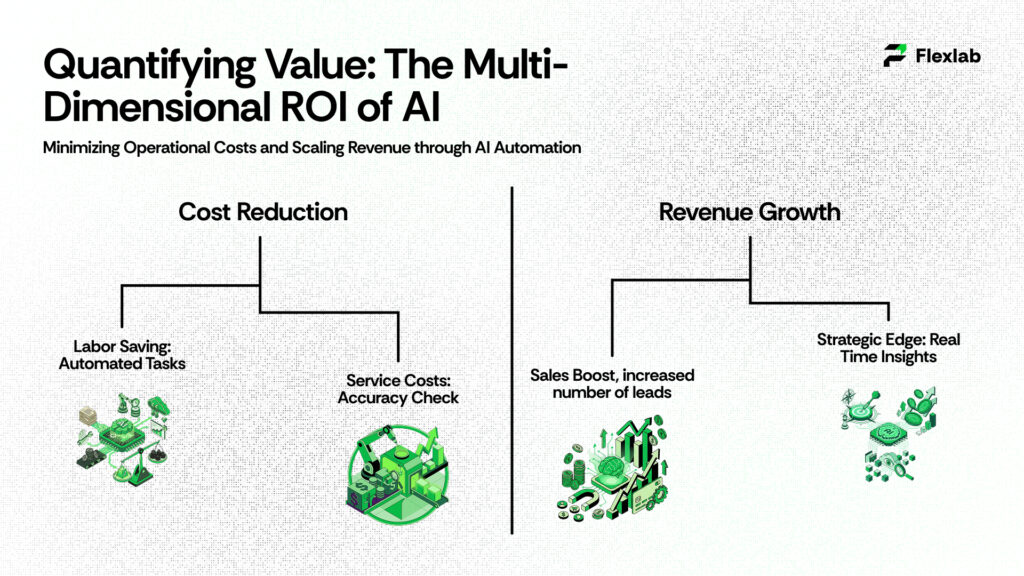
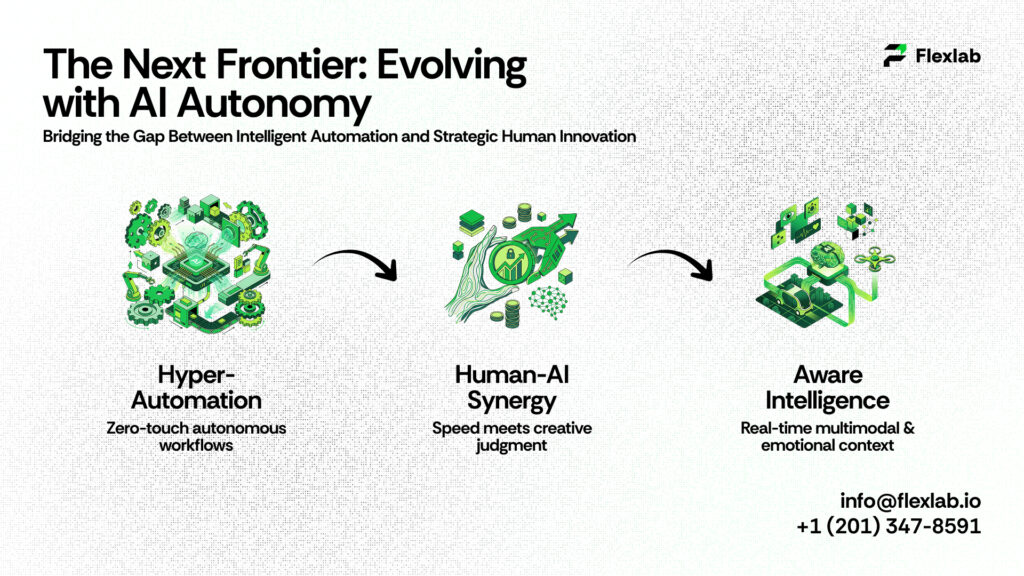
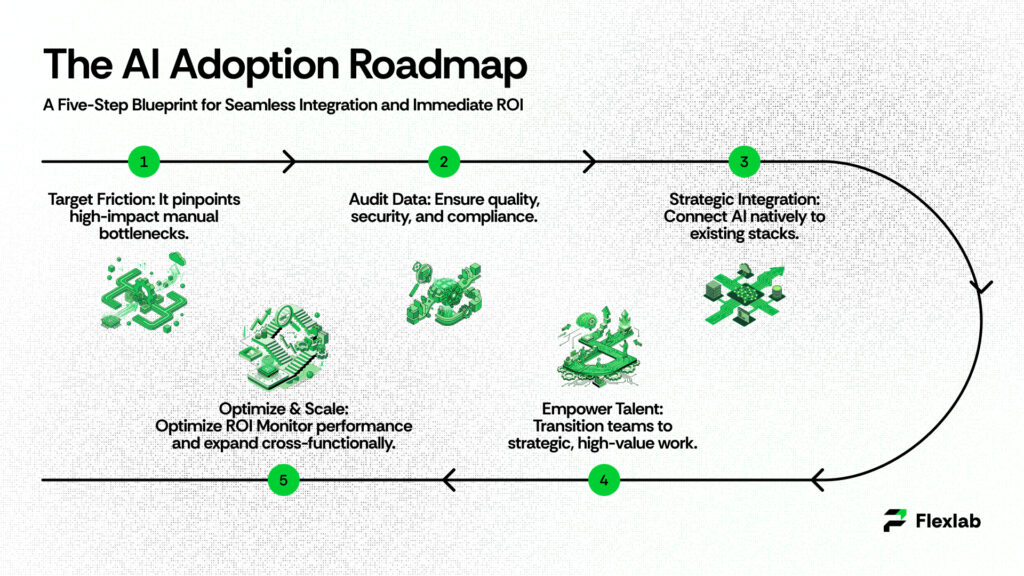
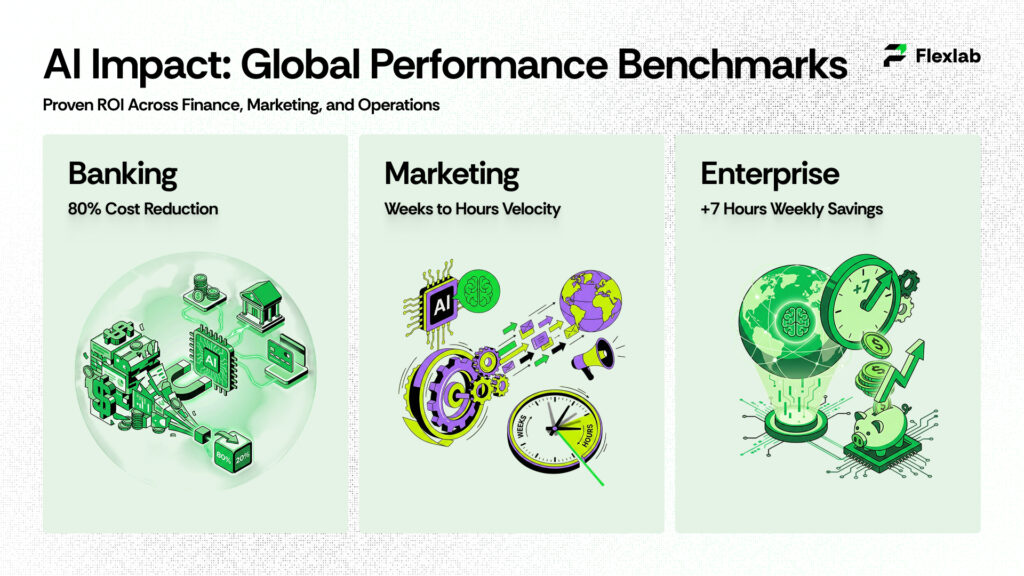
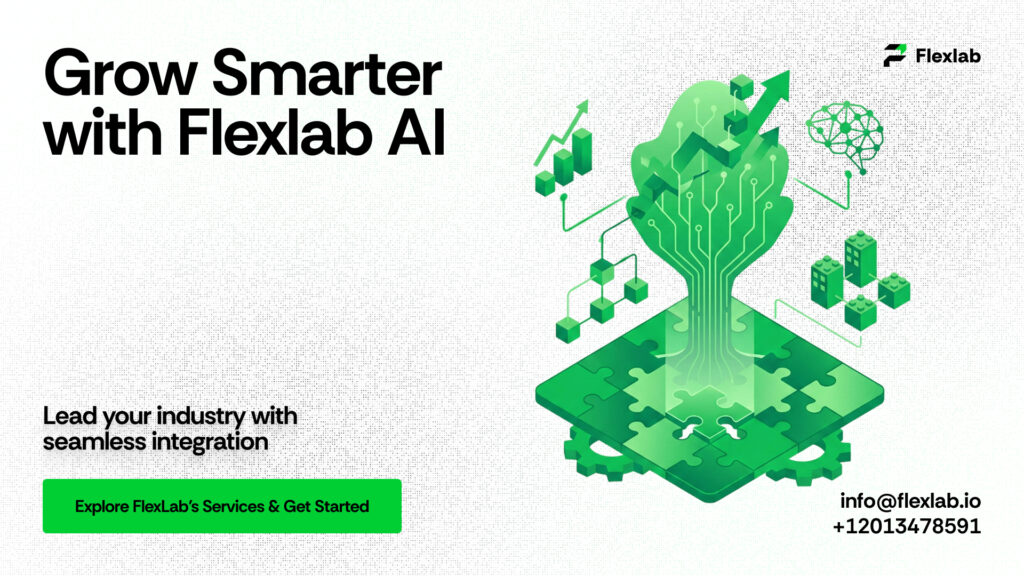
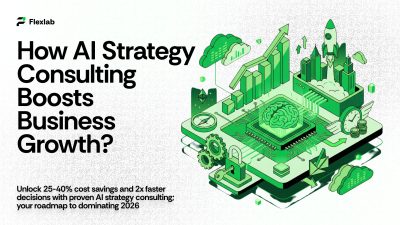
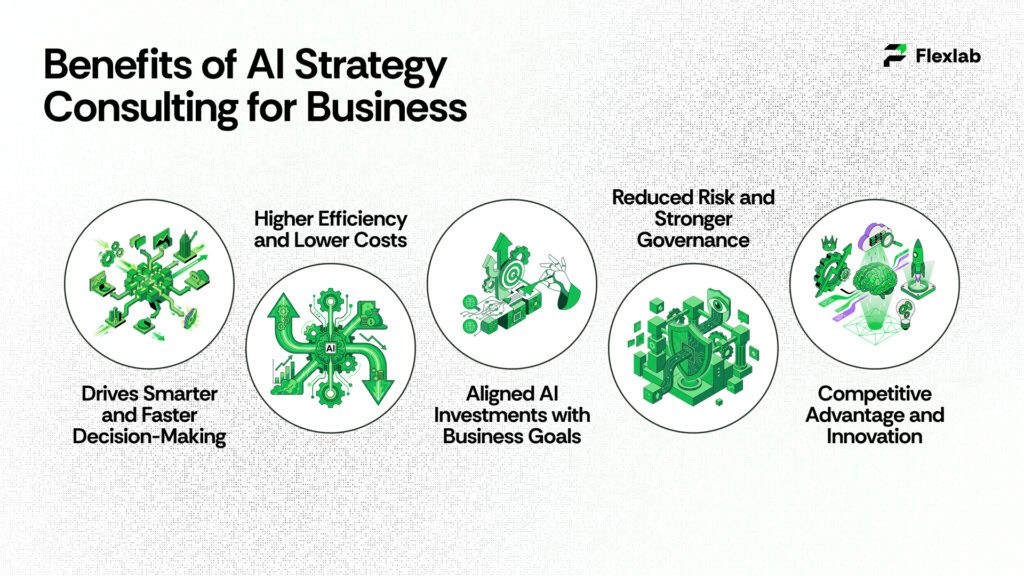

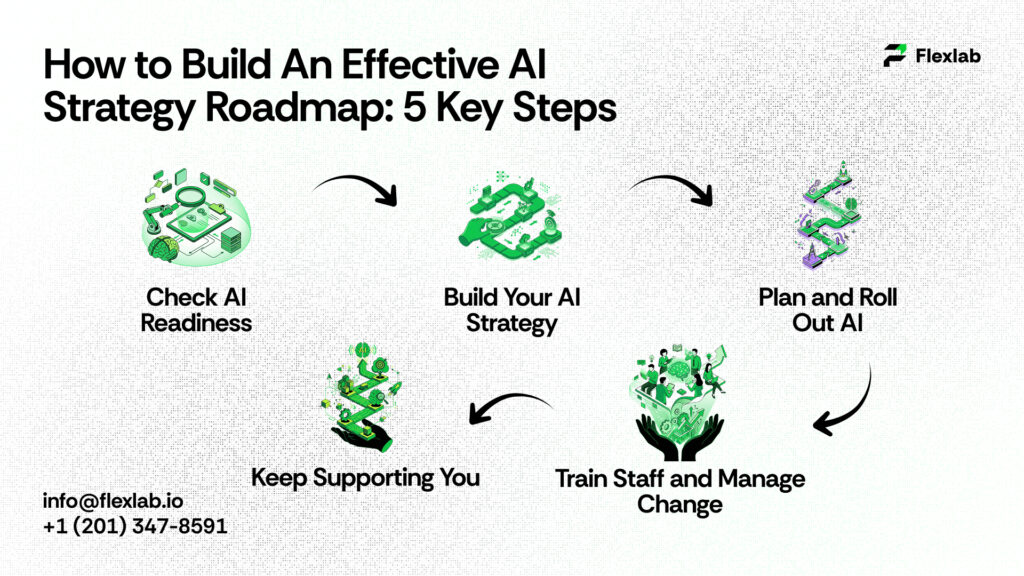
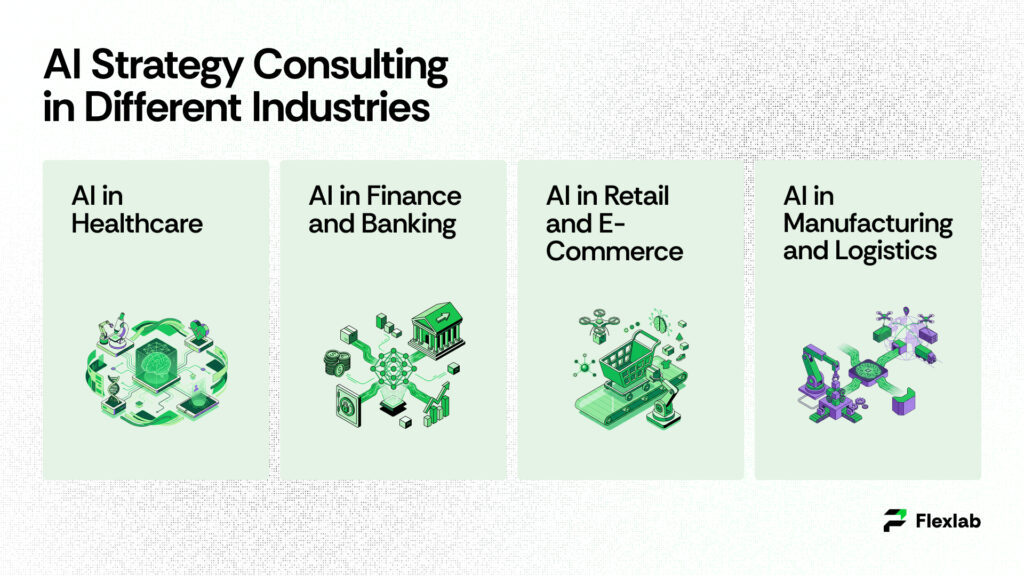
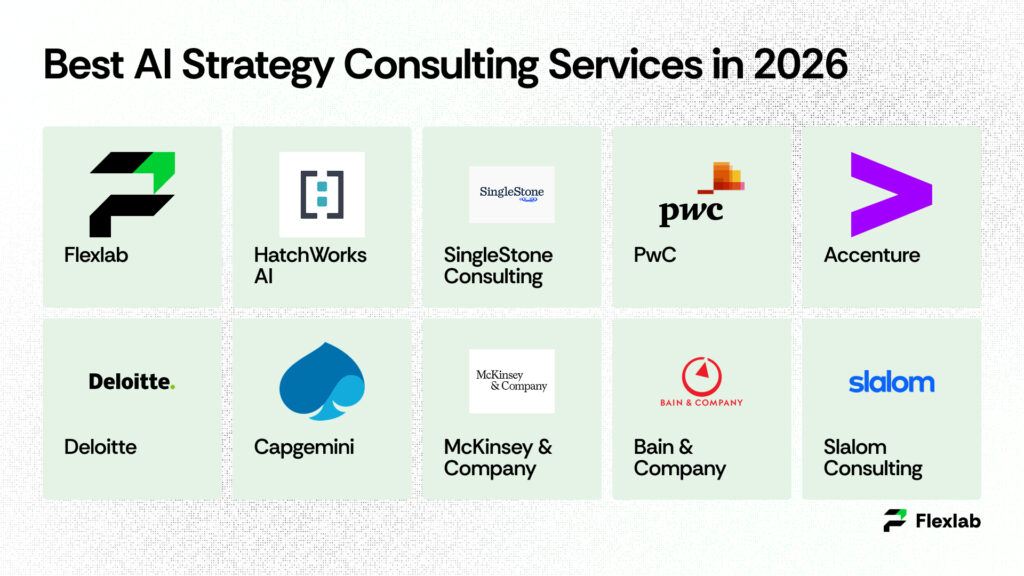
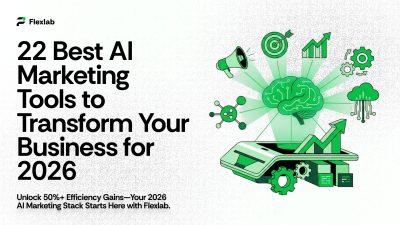
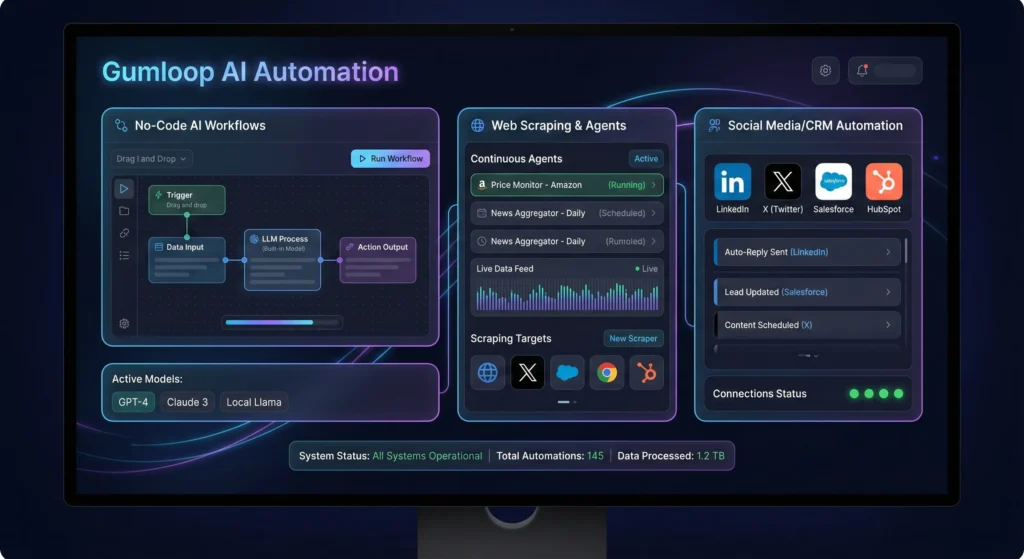
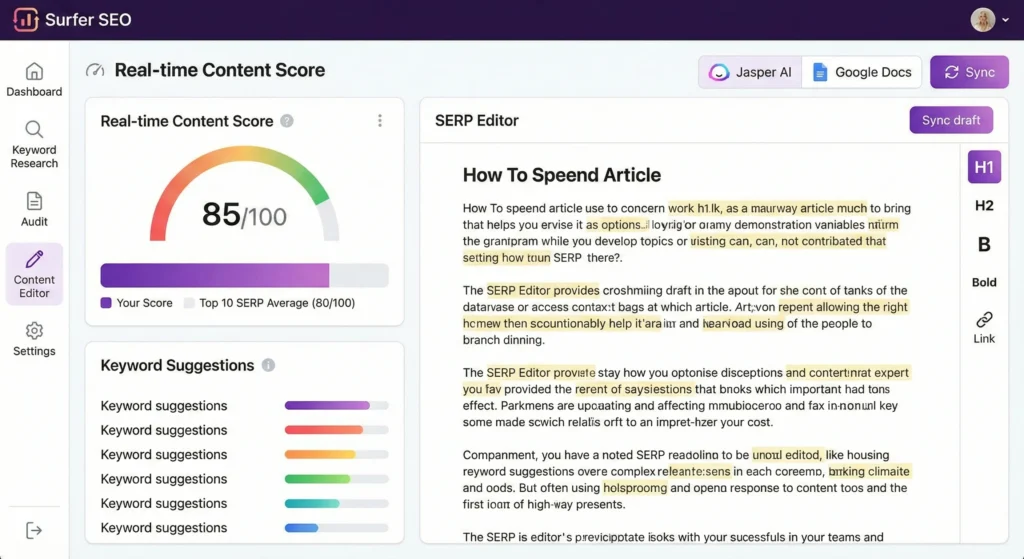
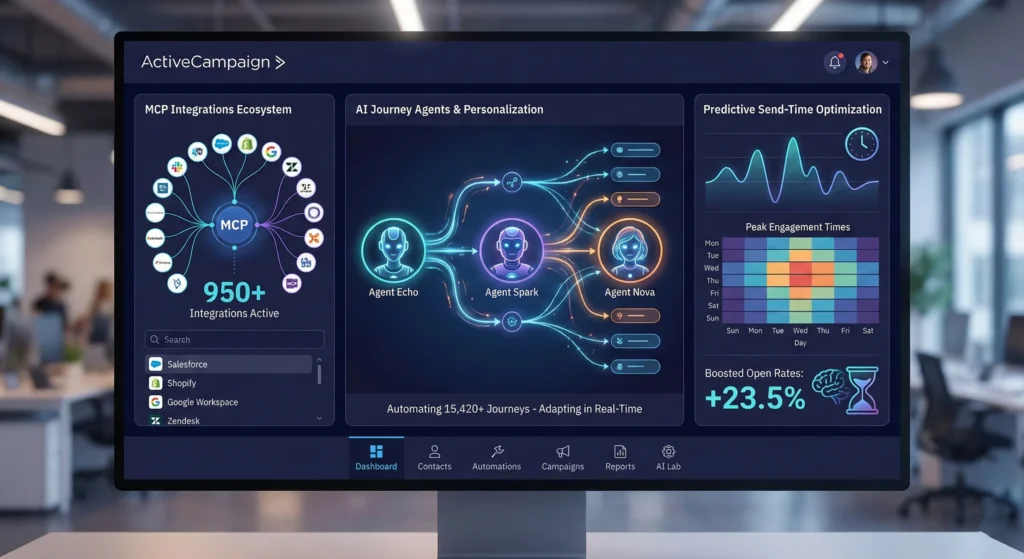
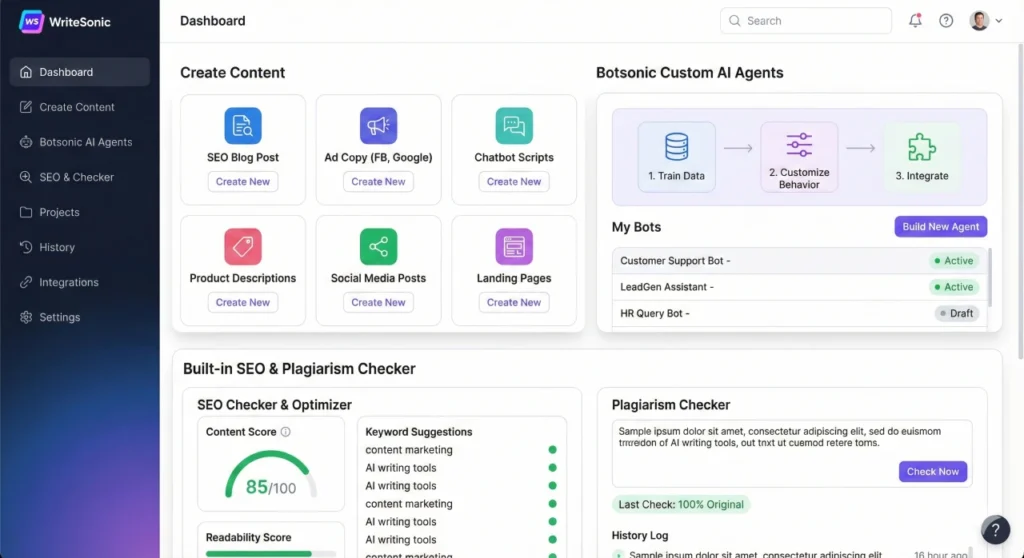
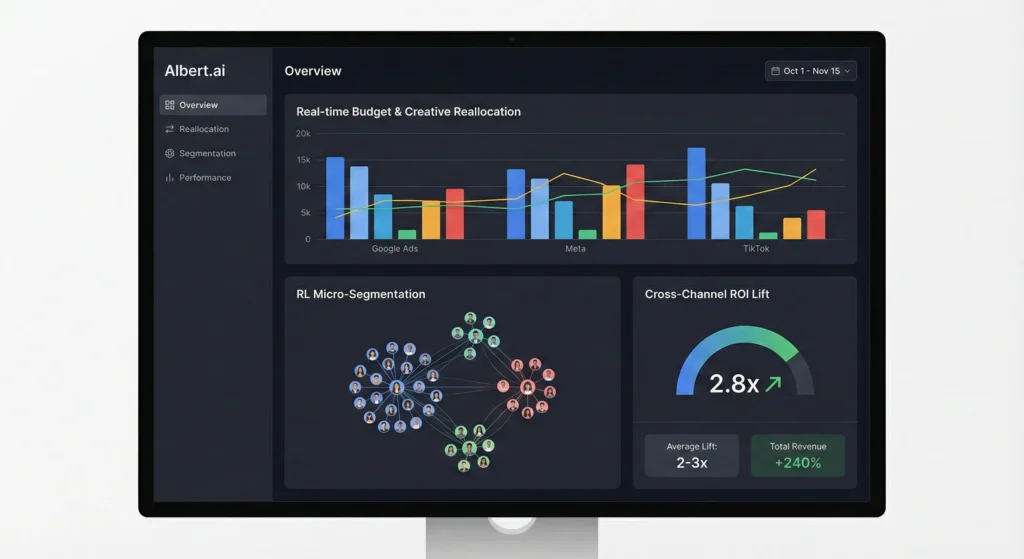
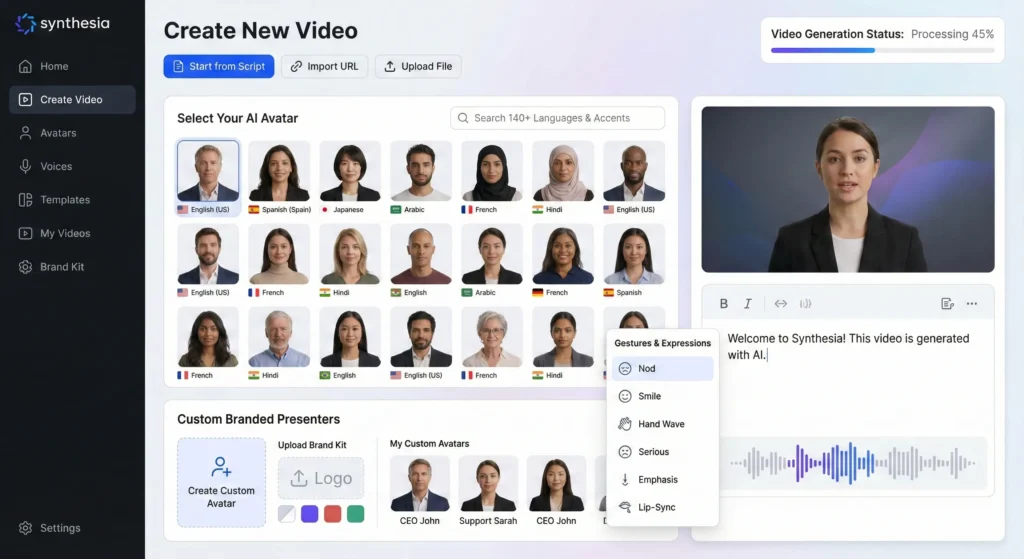
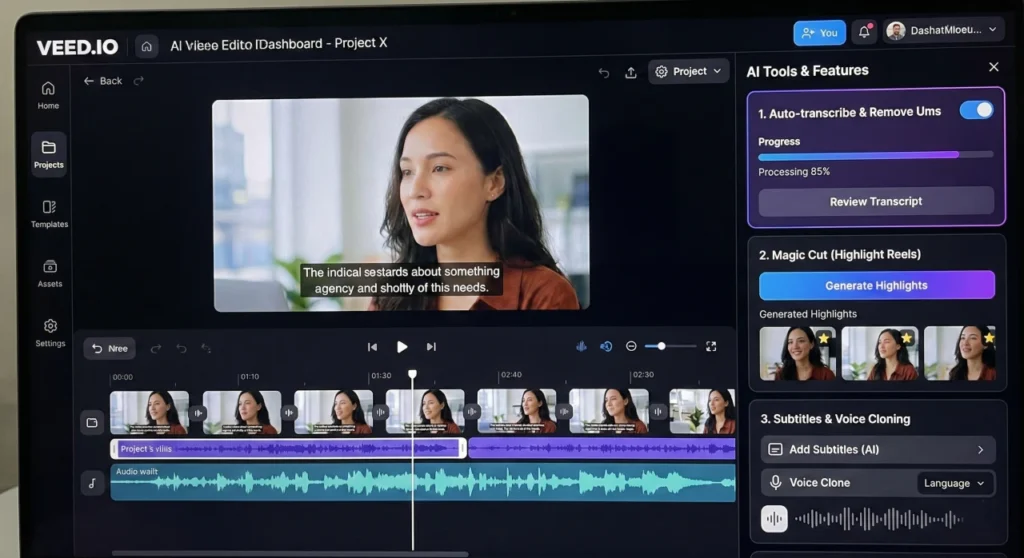
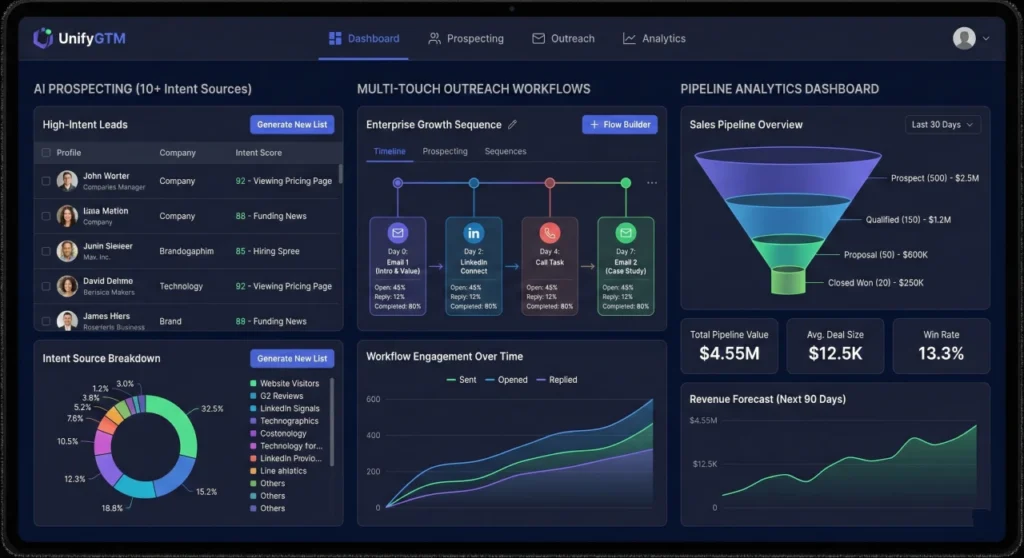
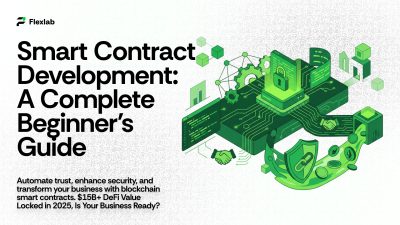
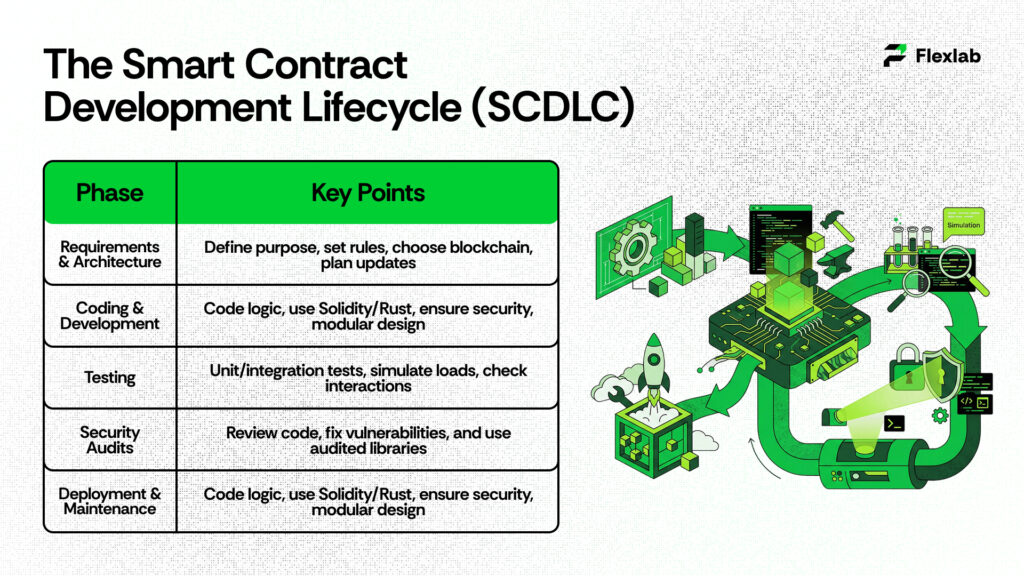
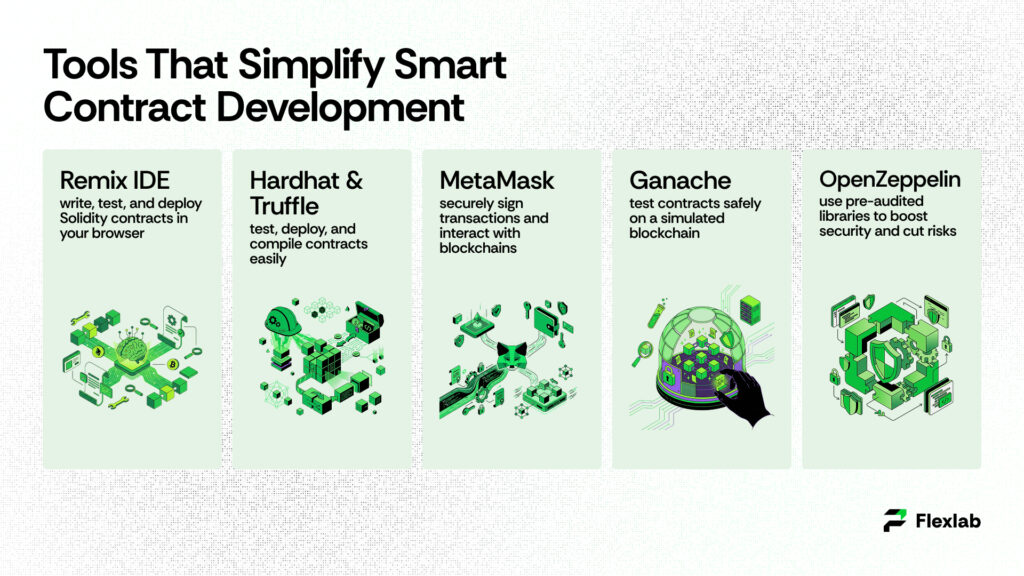
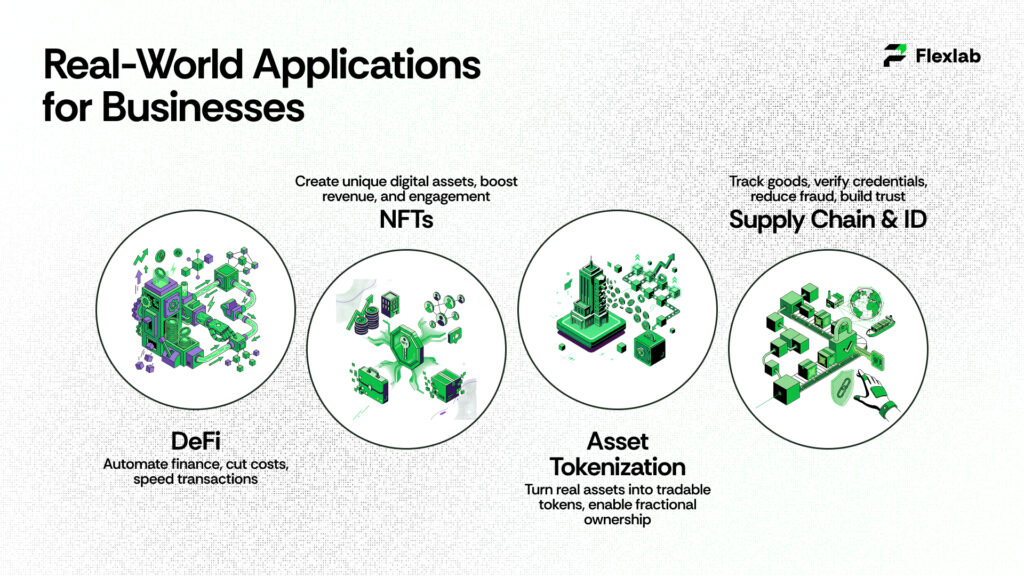
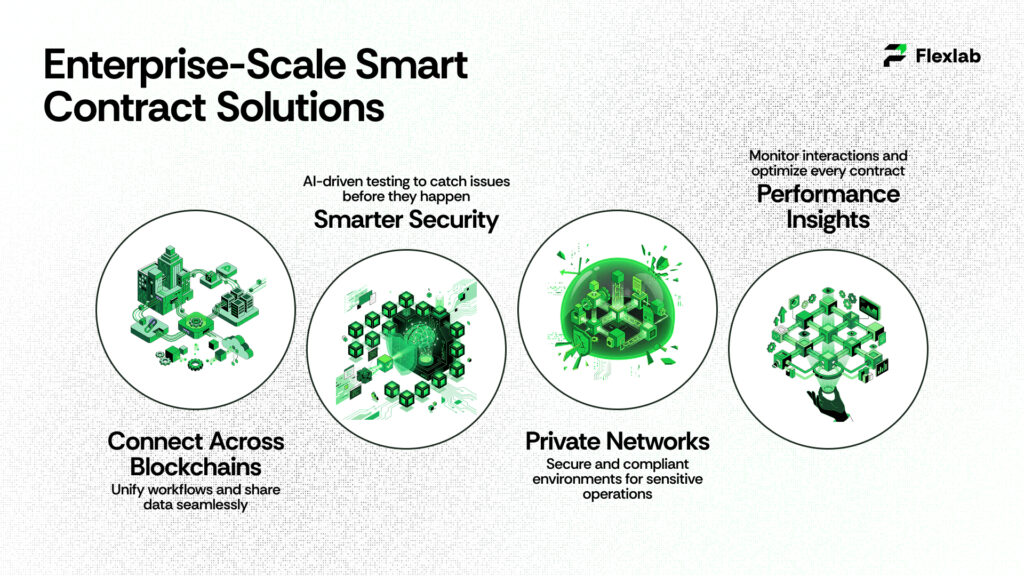
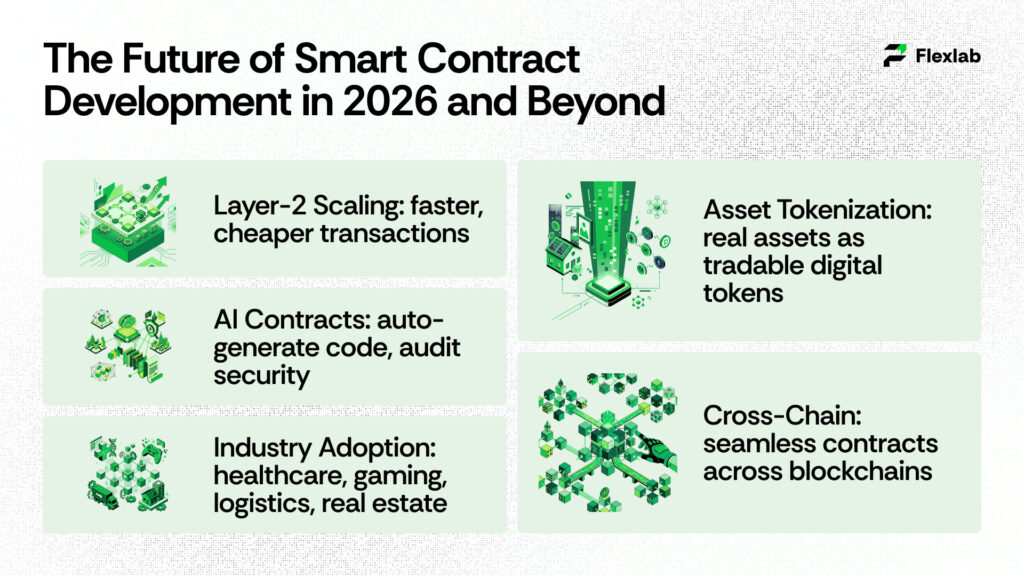


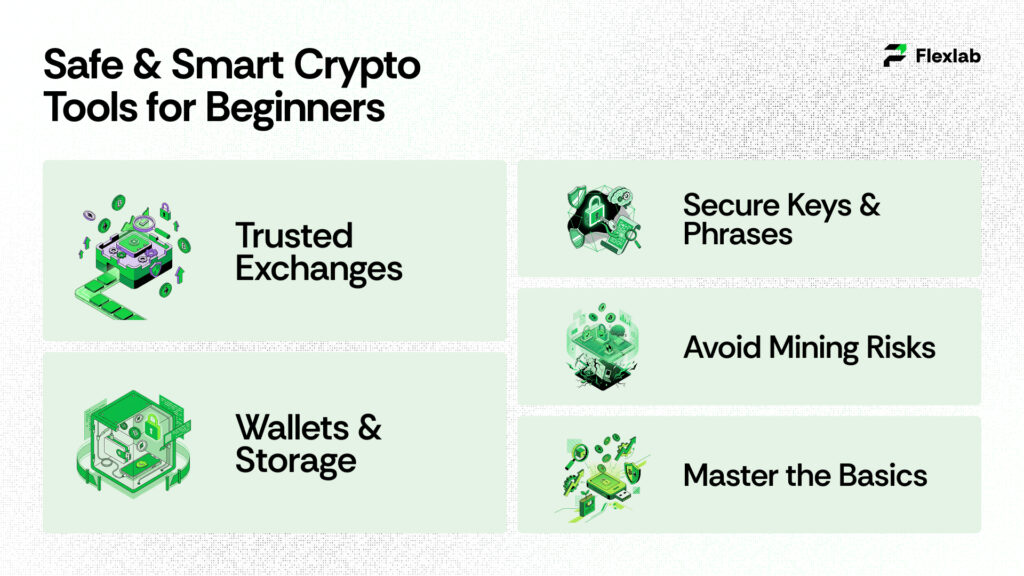
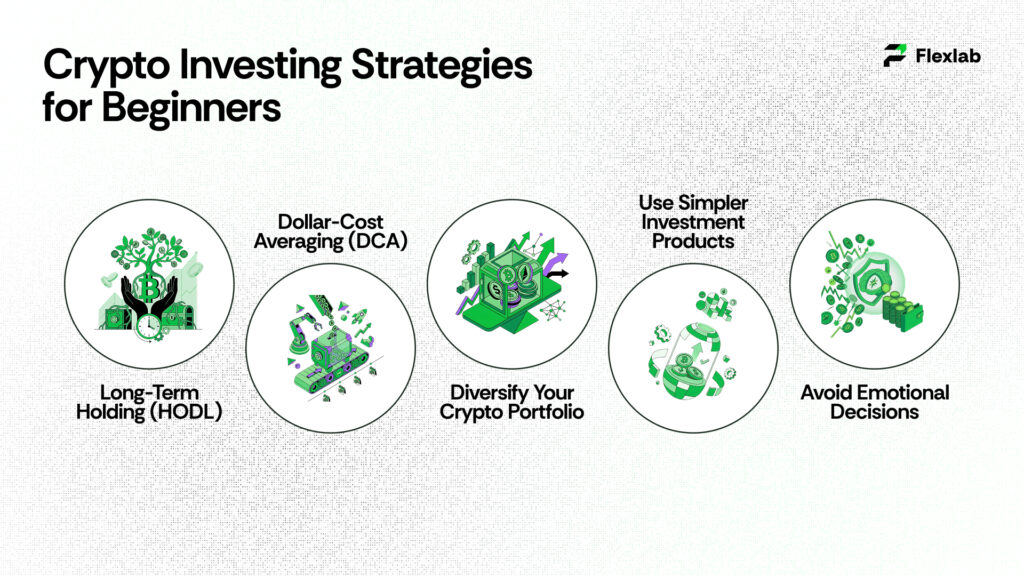
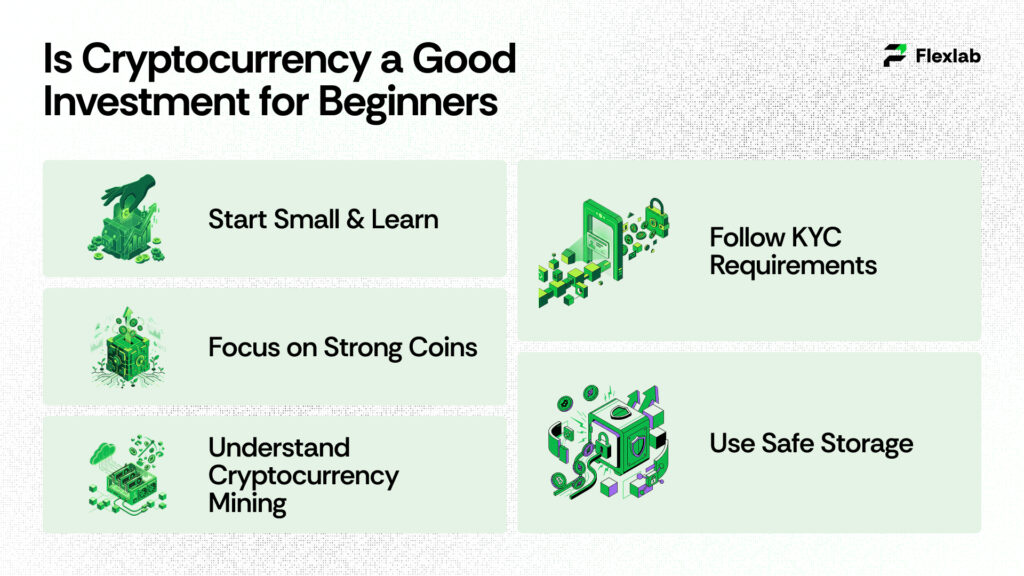
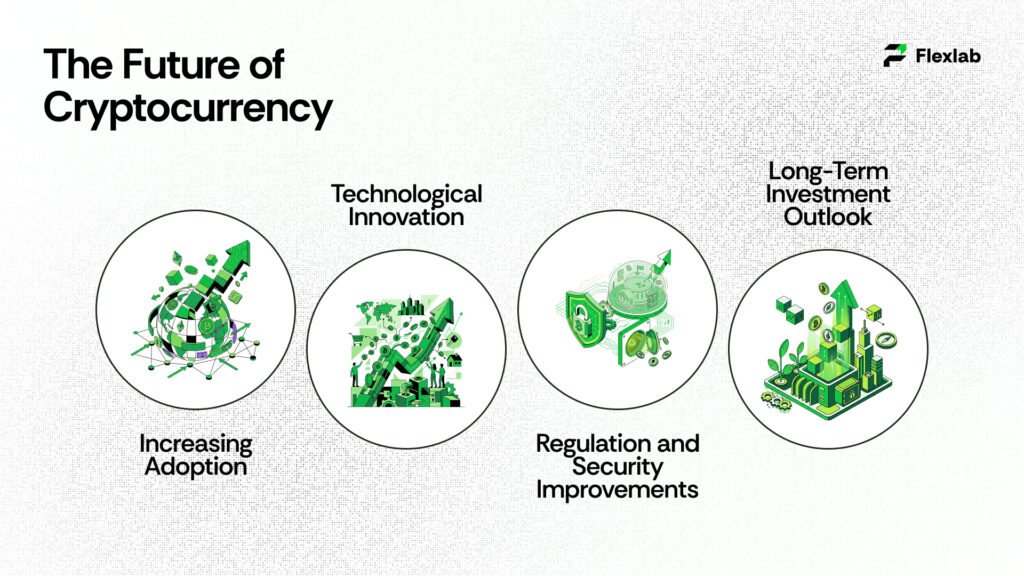
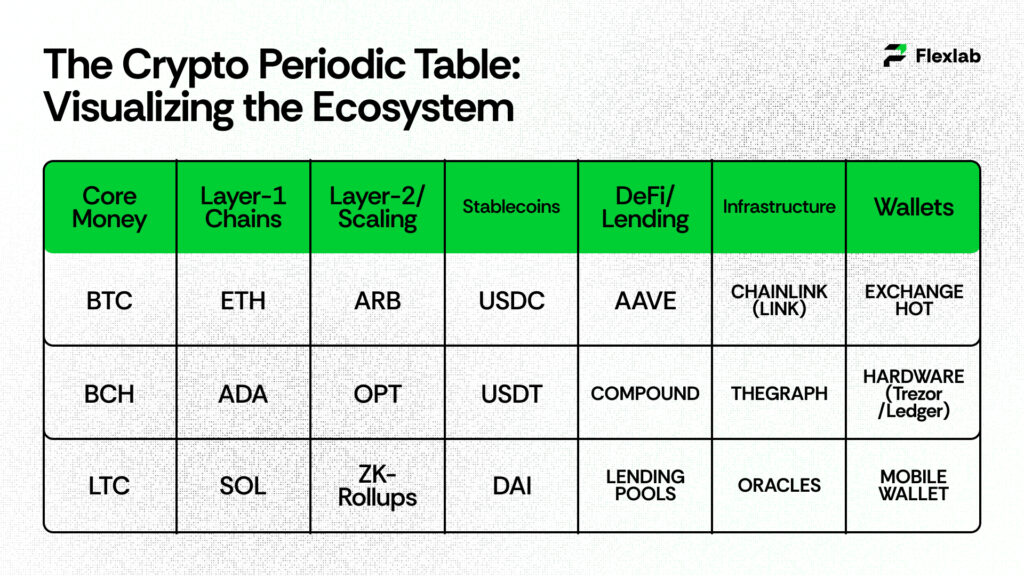
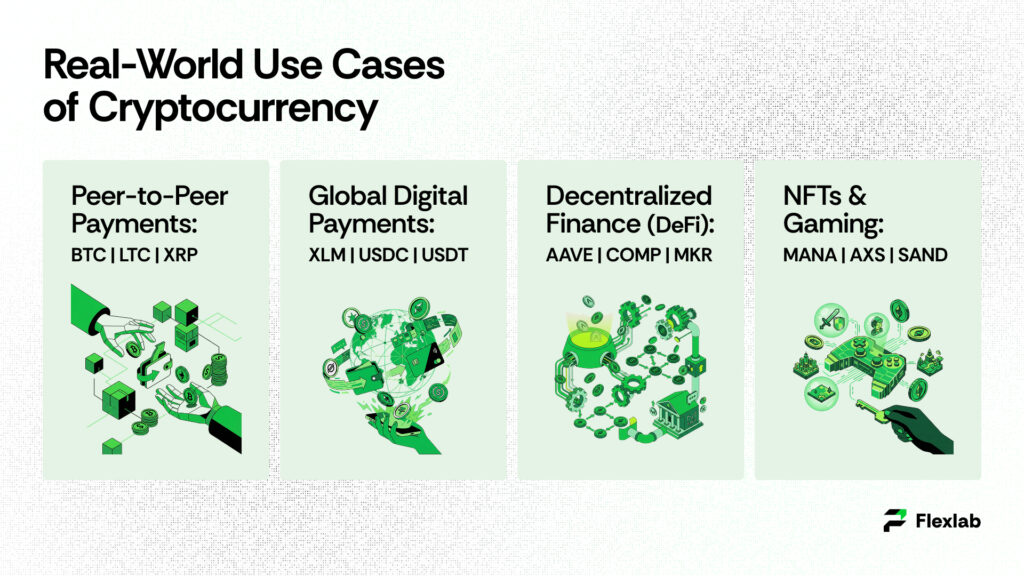




6 Responses